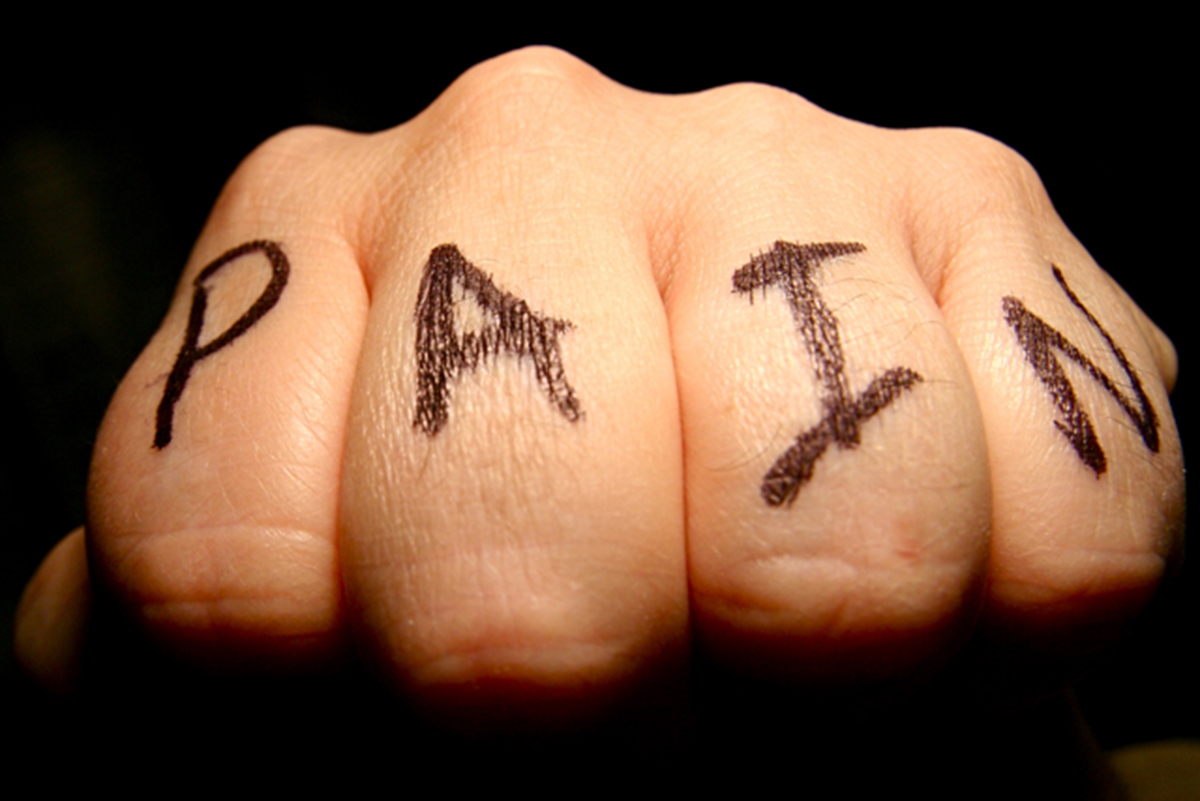Table of Contents
Causes
An overuse injury is caused by repetitive trauma and can be any type of joint and/or muscle injury, for example tendonitis, or even a stress fracture. This problem occurs usually as a result of the following possible issues:
- Training error - this occurs when one tries to perform too much physical activity too rapidly. Exercising for too long, going too fast or performing too much of one type of activity, without being conditioned to handle the workload, causes the muscles and tendons to strain which can result in injury.
- Technique error - incorrect techniques can also lead to overuse injuries. One can overload the work done by certain muscles when using the wrong techniques to perform a physical activity.

Risk factors
Overuse injuries can happen to anyone who overdoes their physical training or uses poor techniques to do so, but there are certain risk factors which are associated with the increased risk of developing this problem.
- Advanced age.
- Having certain medical conditions, such as weakness of the muscles of the hips.
How to avoid overuse injuries
Most of the time, overuse injuries are avoidable. The following suggestions can help to reduce the risk of these injuries:
- Span out physical activity - don't try and perform a week's worth of physical training into a couple of days. This will cause the muscles to be overworked and fatigue easily. Rather, people should try to pace themselves by performing 30 minutes of moderate exercise every day, and should also warm-up before embarking on these exercises.
- Increase activity levels gradually - physical intensity should be gradually increased so that the body can get used to performing at such a level. An example would be to increase weights by around 10% a week, if weight training, until the goal is reached. Once the body has been conditioned to handle the increased stress, then one can increase the intensity level again, but also gradually.
- Perform a variety of activities - as mentioned, repetitive movements of the same muscles can lead to overuse injuries. It's therefore a good idea to incorporate different training techniques and activities to avoid this.
- Make use of proper techniques and gear - take lessons in order to learn the correct techniques associated with certain sports or even when using equipment at a gym. wearing the correct gear, especially shoes will also make a big difference in the prevention of overuse injuries.
READ How to avoid 2 most common tennis injuries?
Recovering from overuse injuries
If there's a suspicion that an overuse injury has occurred, then one should consult their doctor. Information such as when the activity was started, the intensity it was performed at, whether there were any changes to the physical activity and what activities were performed can help to identify the cause of the injury.
If there's a clinical suspicion of an injury, then one needs to stops performing the activity which resulted in the injury. Alternative training can still be performed, as long as the patient avoids using the involved body part.
- www.medicalbrief.co.za/archives/neuromuscular-programme-slashes-soccer-injuries-by-38/
- www.mayoclinic.org/diseases-conditions/osteoarthritis/symptoms-causes/dxc-20198250
- www.mayoclinic.org/healthy-lifestyle/fitness/in-depth/overuse-injury/art-20045875?pg=1
- Photo courtesy of scoregasm: www.flickr.com/photos/scoregasm/1384378780/
- Photo courtesy of scoregasm: www.flickr.com/photos/scoregasm/1384378780/
- Photo courtesy of stevendepolo: www.flickr.com/photos/stevendepolo/4129400323/


Your thoughts on this